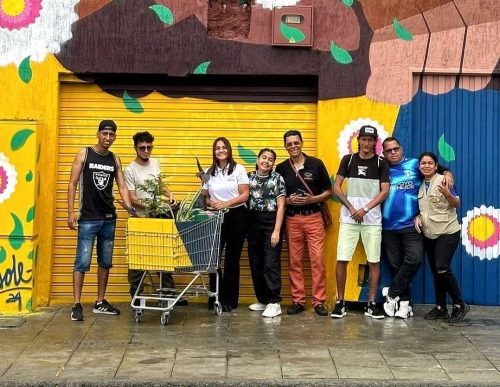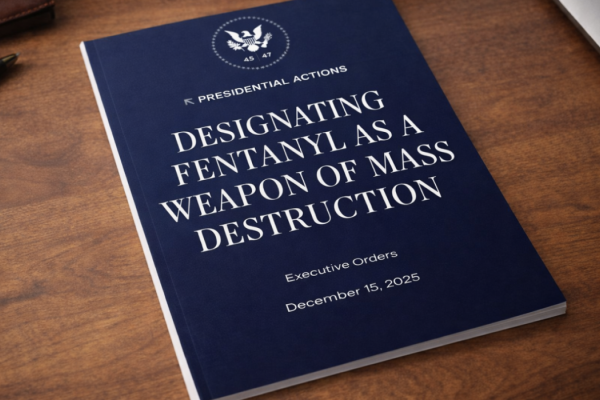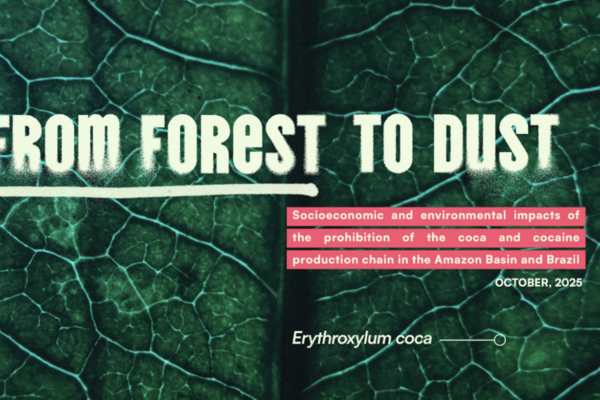24th October 2025
In June 2025, Cali, a city in the South West of Colombia, became the second city in South America, after Bogotá, to open a supervised drug consumption facilty for injecting drug use. The new space is part of the Centro de Acogida y Atención Integral (CAAI), run by Corporacion Viviendo, a community-based centre providing a full spectrum of harm reduction services that seeks to promote the physical, emotional and mental well-being of some of the city’s most marginalised people.
Its opening marks a historic milestone for harm reduction in Colombia and across the region. In a context of deep social exclusion and endemic violence towards people who use drugs, the CAAI offers something radically different: a safe and welcoming environment where people’s lives are valued.
Transform has been proud to support this pioneering initiative. Our staff member Mary Ryder has played an active role as coordinator and researcher, contributing to the design, implementation, and evaluation of the supervised consumption room over the past two years. Drawing on international evidence, and dialogue with various service provision teams around the world, Mary helped to develop the model, ensuring it reflects both international best practice and the unique realities seen in Cali.
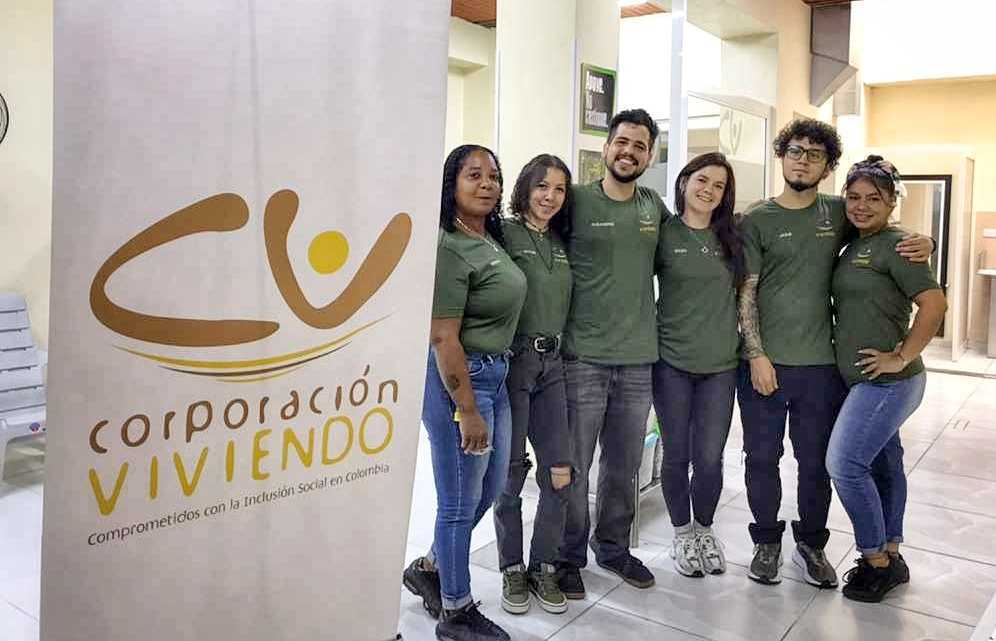
The CAAI’s establishment comes at a pivotal moment in Colombia. The 2023–2033 National Drug Policy recognises harm reduction as a key strategy to promote public health and human rights, signalling a significant shift away from punitive approaches. As Colombia approaches a change in administration next year, it is vital that this progressive vision is upheld and the commitment to safeguarding the lives and wellbeing of those most affected by punitive drug laws is maintained.
A space of safety and care
The CAAI is located in Sucre, a neighbourhood in the centre of Cali marked by poverty, public drug sellers and drug use, and street-level violence. Here, Corporación Viviendo has worked for over seven years, building trust through its Community Harm Reduction Programme, which has supported more than 600 people who inject heroin.
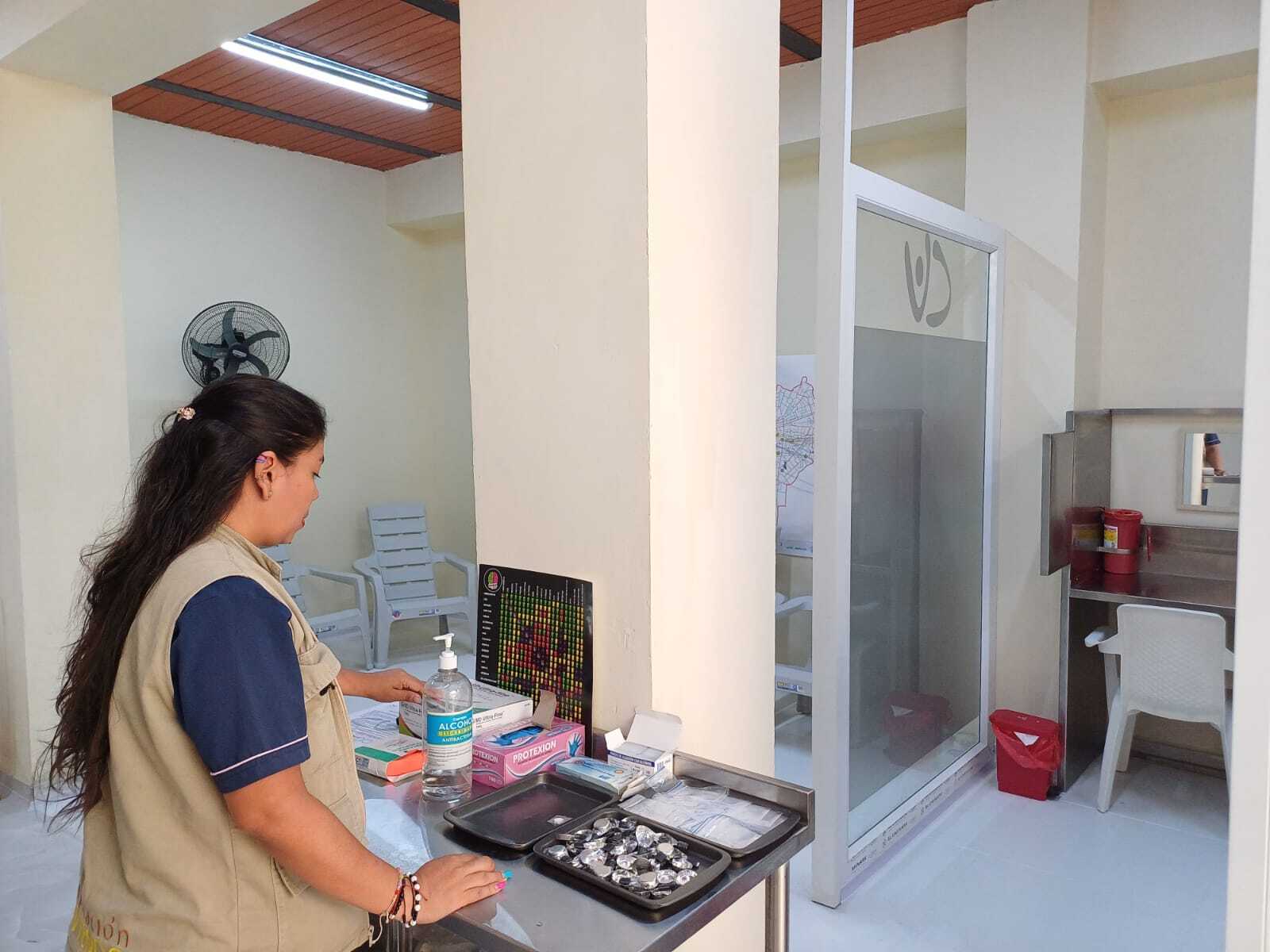
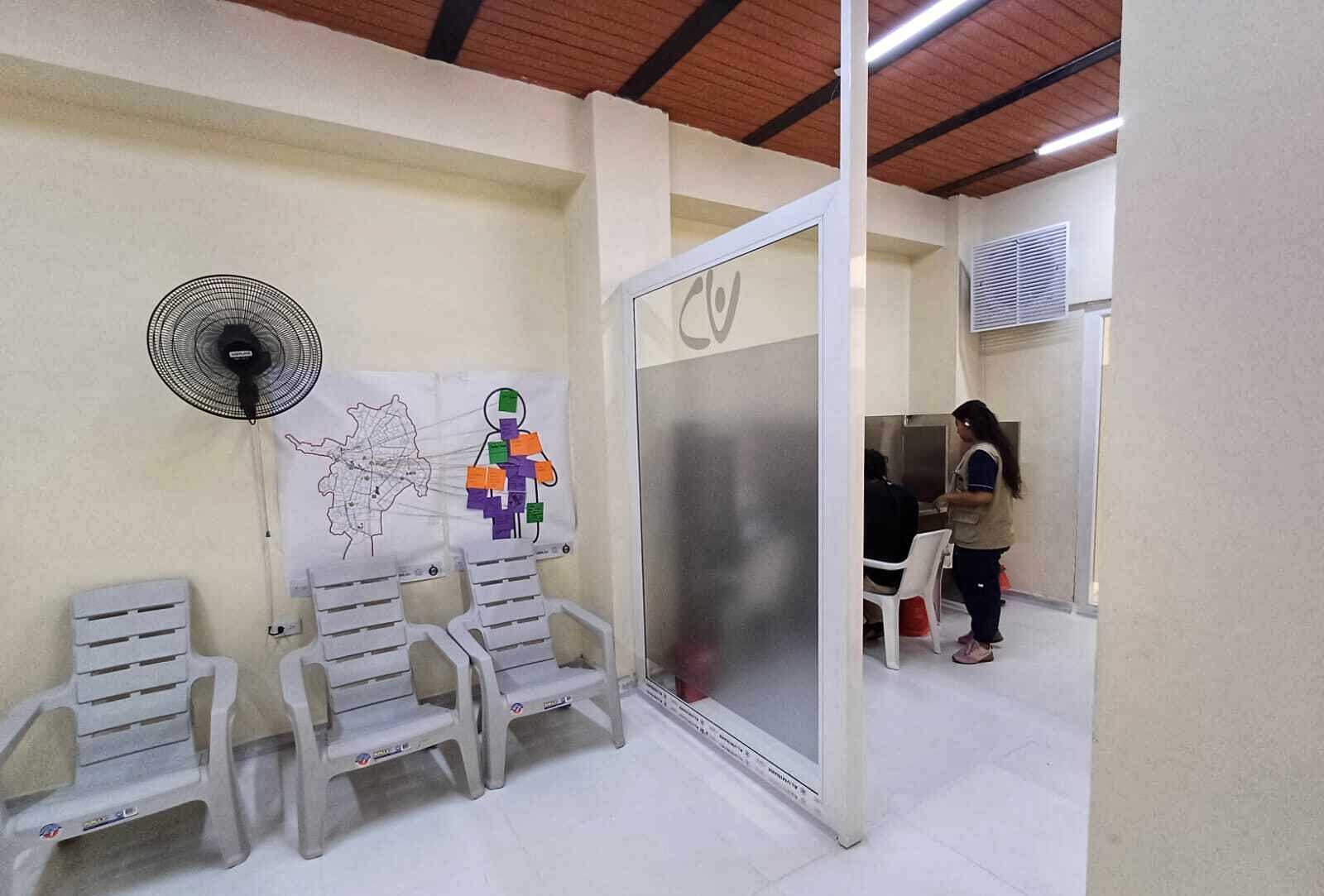
With the new facility, the organisation has expanded its services to include the provision of showers, clean clothes, food, and basic medical and emotional support, alongside a pre-existing needle and syringe exchange programme. The atmosphere is calm and respectful. People are welcomed without judgment and trained staff and peer workers are always available to provide guidance and education on safer injecting, vein health, and overdose prevention.
In Cali, many people who inject drugs in public spaces face a constant threat of robbery, harassment, and violence. In this context, a supervised consumption space takes on a different meaning to other contexts, where such services have been designed primarily to prevent opioid overdoses and reduce the potential health harms associated with illegal drug use. At the CAAI, harm reduction becomes an intervention that safeguards life and physical safety in the face of everyday violence.
A community model
The CAAI operates through a partnership between Corporación Viviendo and CAMAD (Mobile Harm Reduction Services), a state-run public health entity. While Corporación Viviendo contributes its community experience and the trusted relationships it has developed locally over the years, CAMAD facilitates and improves access to the public health system. Together, these two organisations are building a pioneering model that could be replicated in other cities across Colombia and throughout South America.
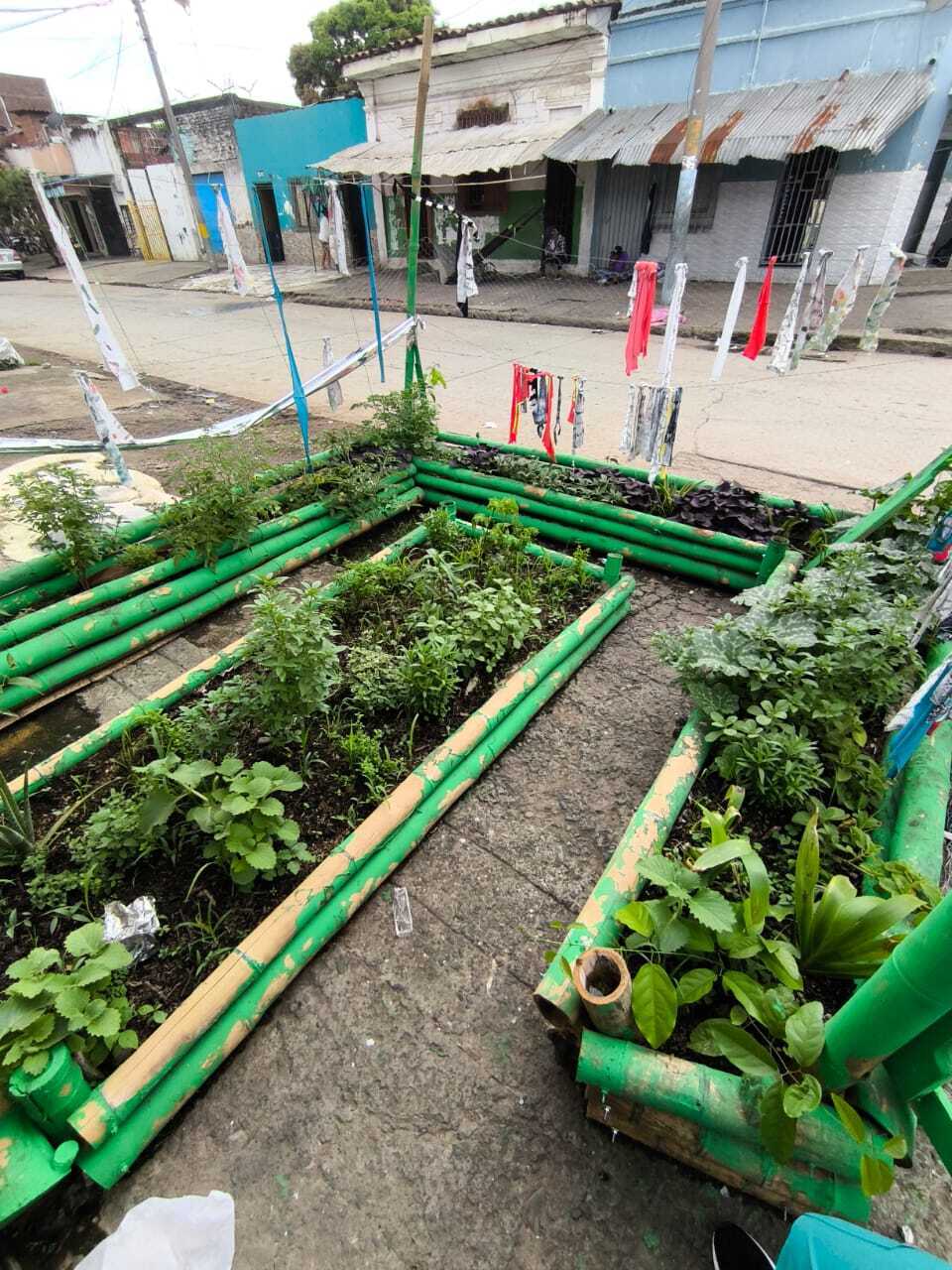
This model is anchored in the community. The harm reduction programme is part of a broader effort to strengthen the social fabric in Sucre and improve community cohesion. This includes supporting women to set up small businesses, helping people finish secondary education, running an allotment, painting murals and street art, and activities with children and young adults at risk of getting involved in gangs. In addition, a community overdose response network distributes naloxone and trains local leaders, neighbours, and people who use drugs to respond quickly in emergencies.
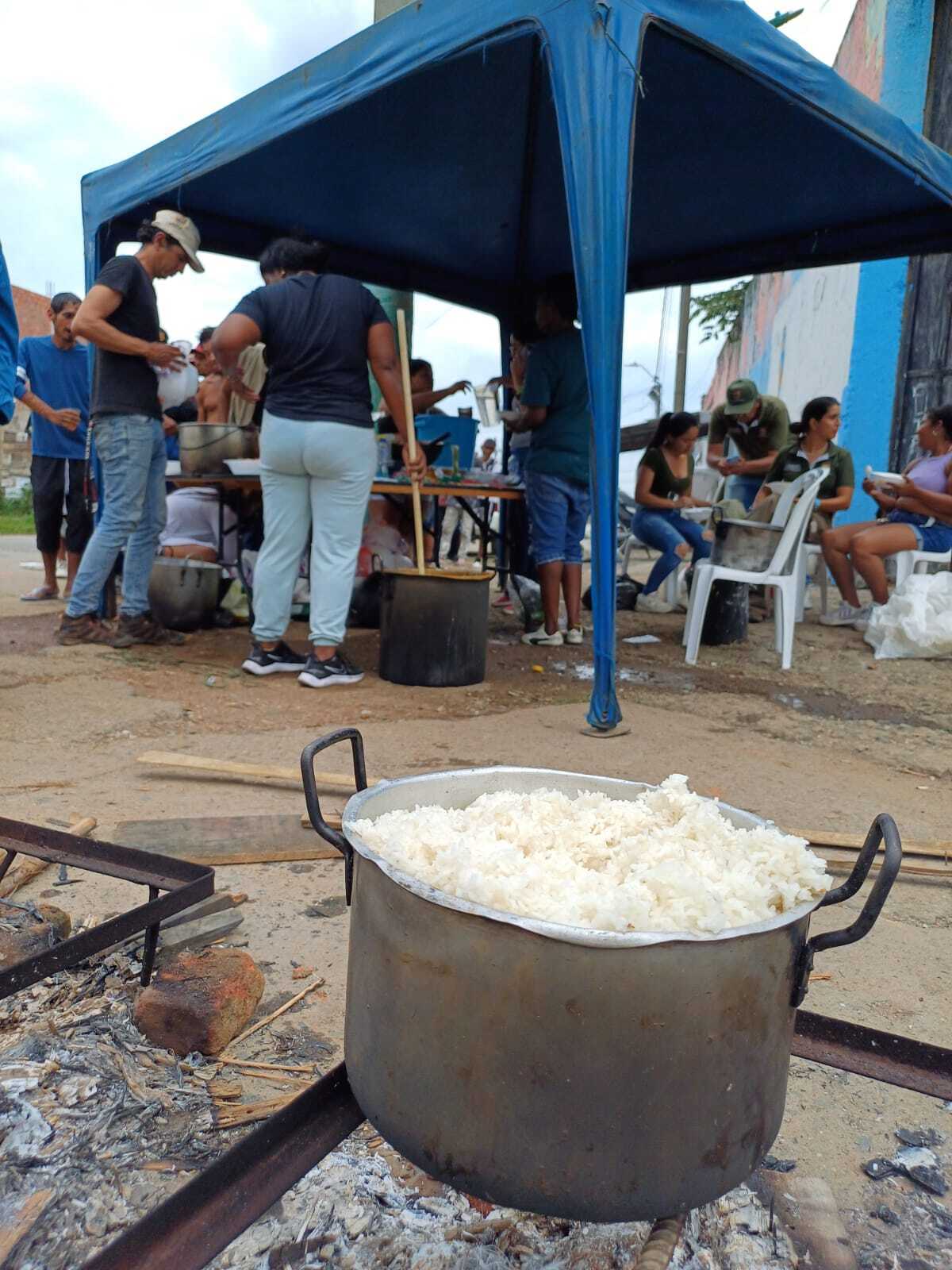
By offering services for everyone, Corporación Viviendo has earned legitimacy and trust in the neighbourhood. This inclusive approach helps to change stigmatising attitudes and behaviours towards people who use drugs, by strengthening relationships between them and the wider community in Sucre.
Early results
In its first three months of operation, 157 people used the supervised drug consumption facility at least once (84% men, 16% women), accounting for 1,295 total visits. This represents around 25–30% of those who come to the CAAI for the needle and syringe exchange.
So far during 2025, 45 overdoses have been recorded in the neighbourhood, 42 were successfully reversed and 3 were fatal. Of those that were reversed, 38 occurred in the street, and 4 within the CAAI, where trained staff intervened promptly.
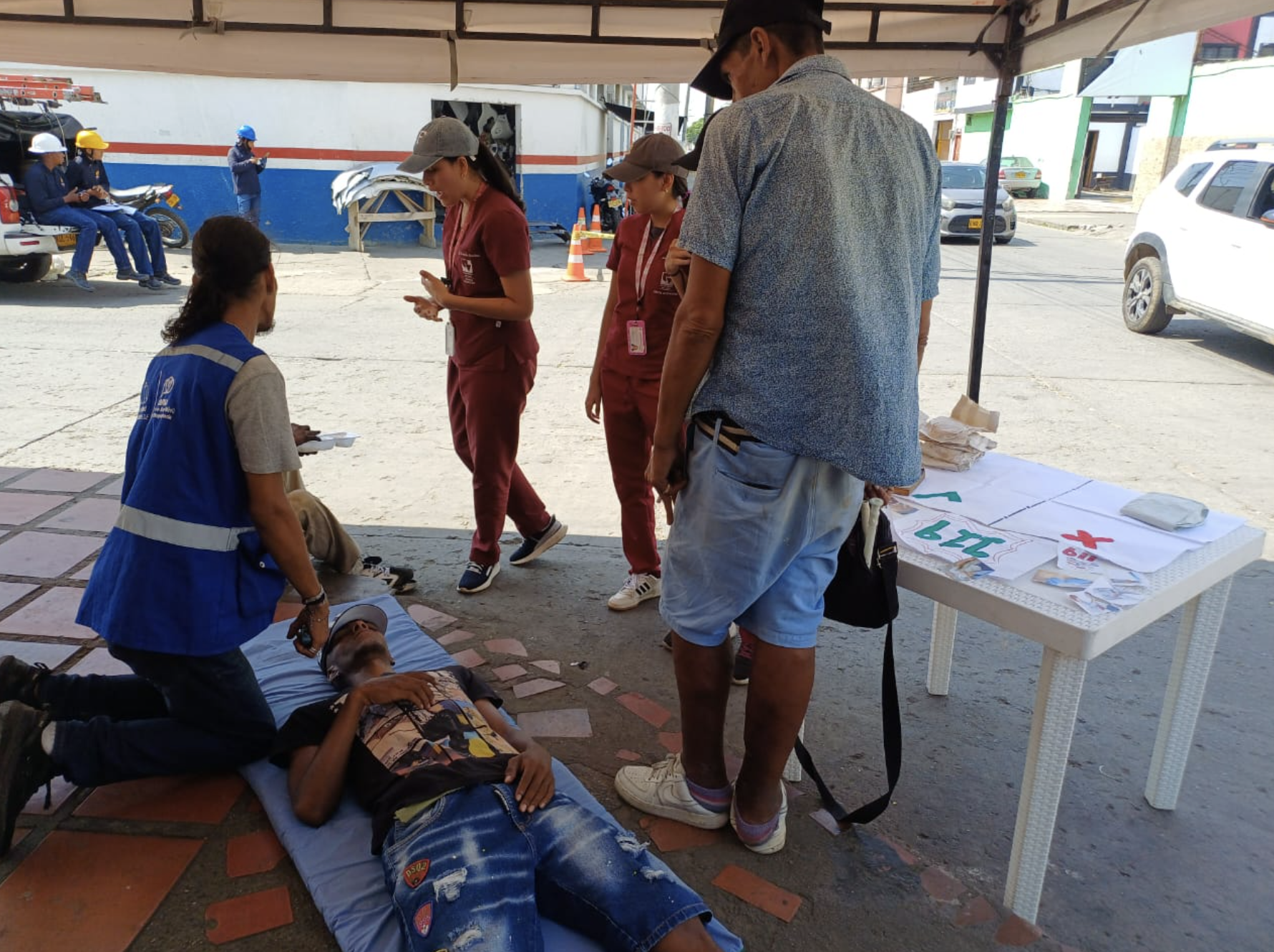
Around 90% of people who access the facility are unhoused, and for many of these individuals, the CAAI has become their main source of support. Staff accompany them to medical appointments, offering a shower, clean clothes, and food beforehand; they also arrange transport, help navigate bureaucratic and stigmatising healthcare systems, and ensure access to essential medication, including methadone.
The low number of women attending mirrors international patterns. To address this, the CAAI team is developing a gender-sensitive approach co-designed with local feminist activists and supported by the Sub-Secretariat for Gender Equality in the local government, to create a more women-friendly environment. This includes weekly well-being sessions where women are invited to shower, try on new clothes, do their hair and make up in an effort to build solidarity and a greater sense of belonging.
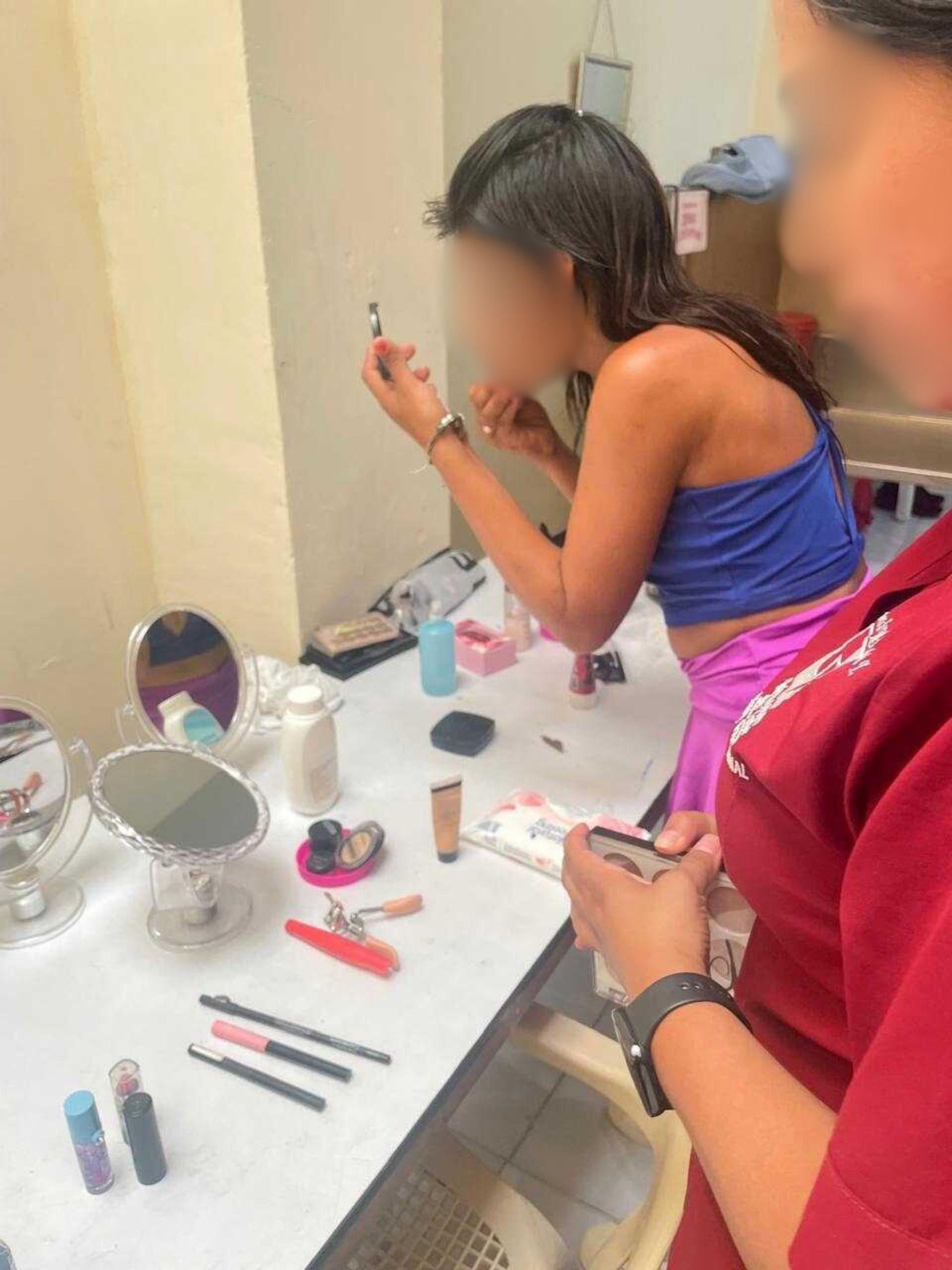
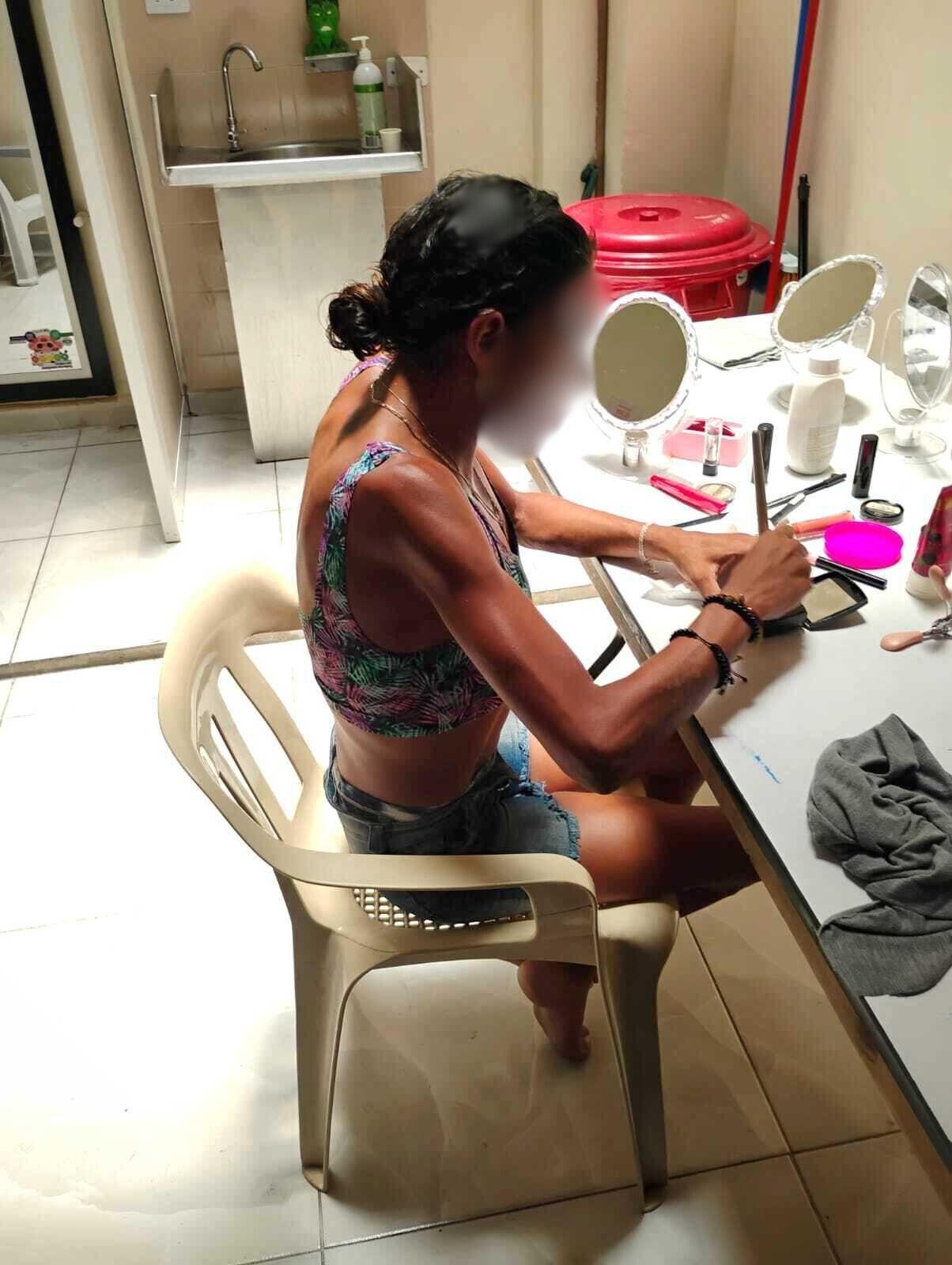
The team has supported a small number of pregnant women who use drugs by coordinating the institutional prenatal care and accompanying them throughout the entire process. In one case, a woman gave birth to a healthy baby and they are both now receiving psychosocial and family support. More recently, a woman living on the street delivered her baby inside the CAAI with the support of the team’s nurse. Importantly, she did not give birth on the street, but sought help in a place she felt safe, comfortable and suported.
A model for Latin America
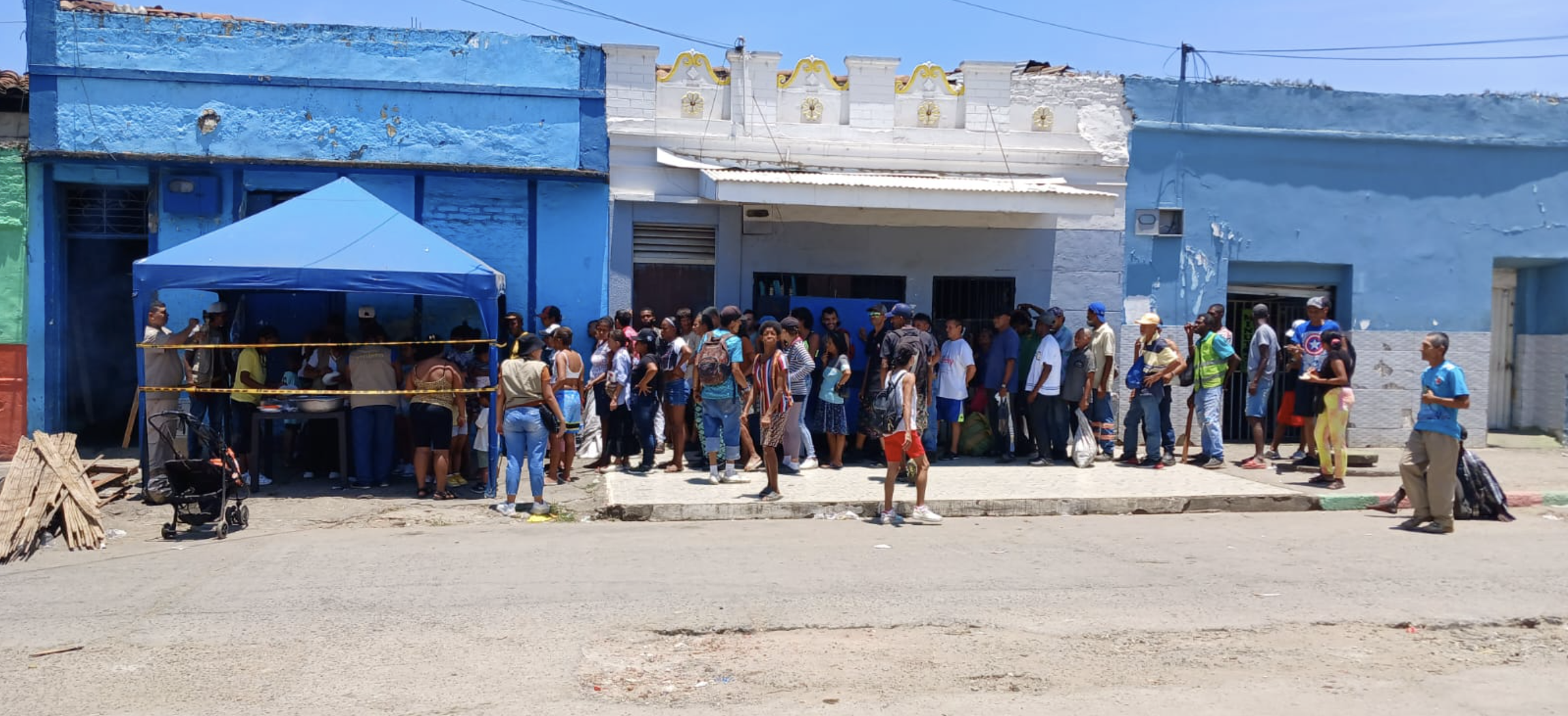
There is much to be learned from Cali’s experience of community-led harm reduction and its achievements in contexts marked by violence and exclusion. The CAAI offers an inspiring model for Latin America and beyond.
This experience is being accompanied by a three-year evaluation conducted by Universidad Javeriana and Universidad del Valle, aimed at measuring the short- and medium-term impacts of this intervention, both on the people who use the service and on the wider community. This means that Cali and Colombia will contribute valuable evidence to global debates on how to address high risk drug use in marginalised communities through a compassionate, human rights–based approach.
While the opening of the facility is not a magic solution to the deep social inequalities present in Cali, it is an important step forward. During the first week after the facility opened in the Sucre neighbourhood, four people who used heroin died - three from untreated illnesses and one from an overdose in a public space. These events remind us that such interventions can make the difference between life and death.
As the UK continues to debate the merits of supervised consumption facilities, there is much to learn from the diversity of models emerging elsewhere across the world, from mobile models, to community spaces like Cali’s, to integrated services like the newly opened Thistle in Glasgow. Colombia’s example should demonstrate that even in challenging and hostile contexts, it is possible to prioritise care and dignity over punishment and fear.

